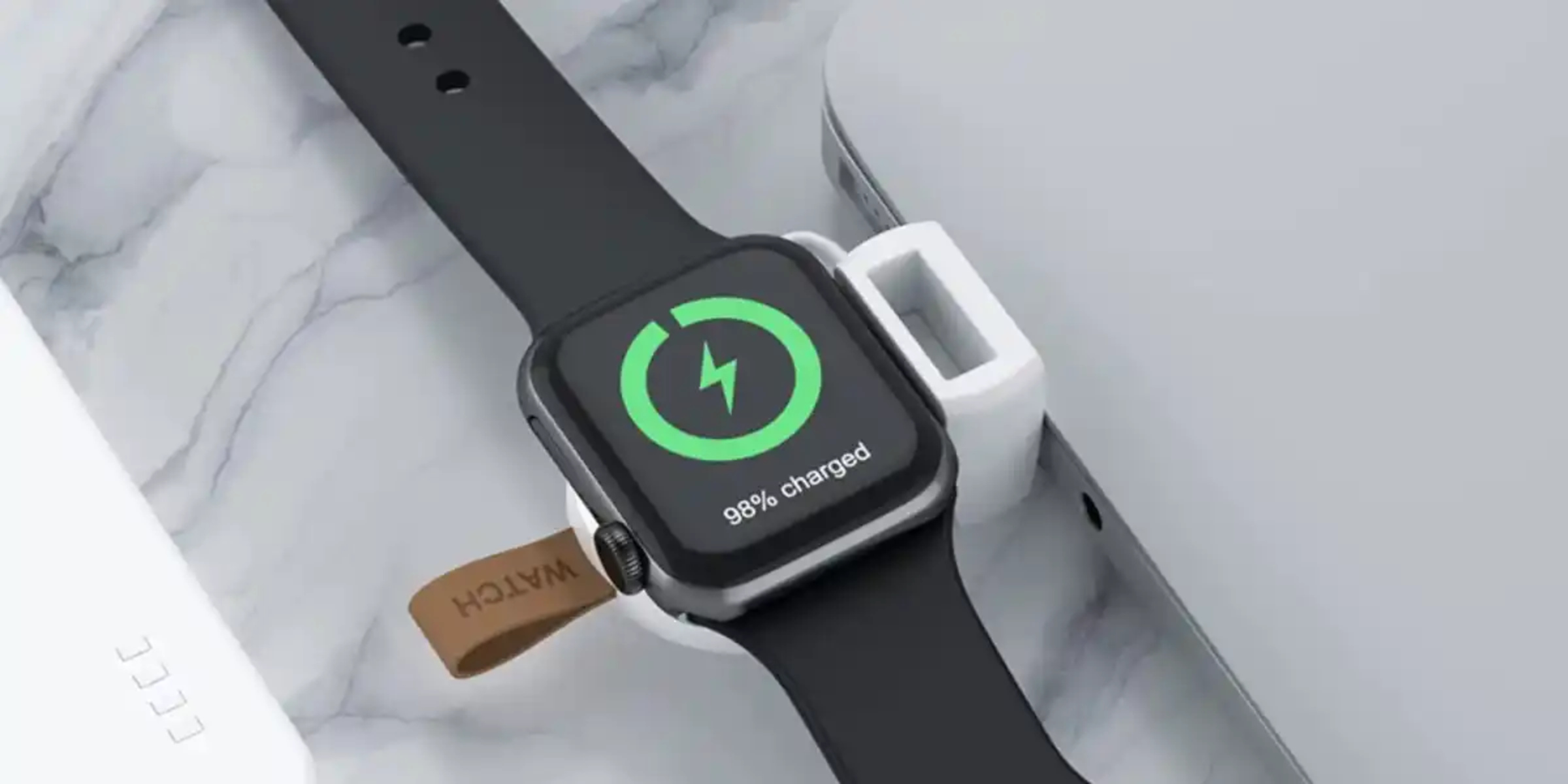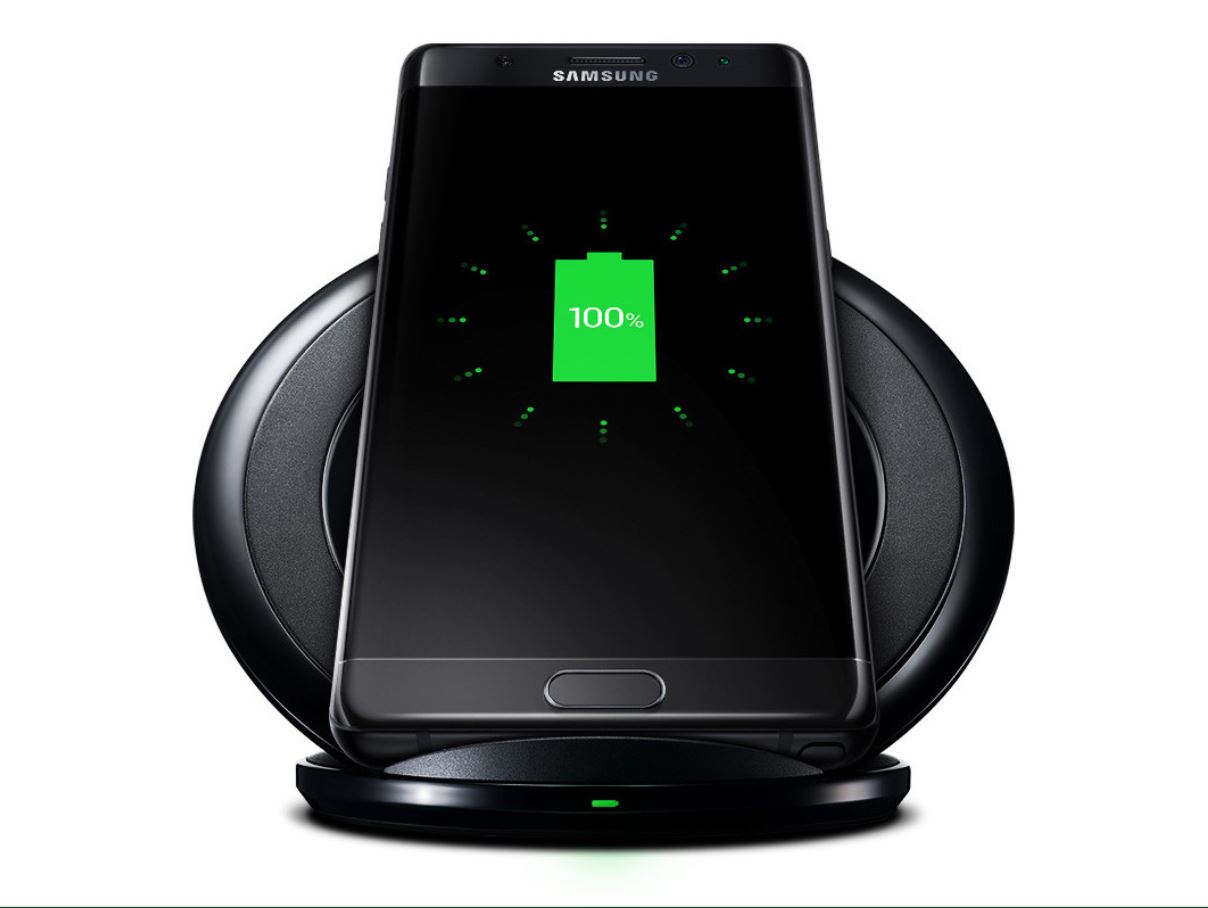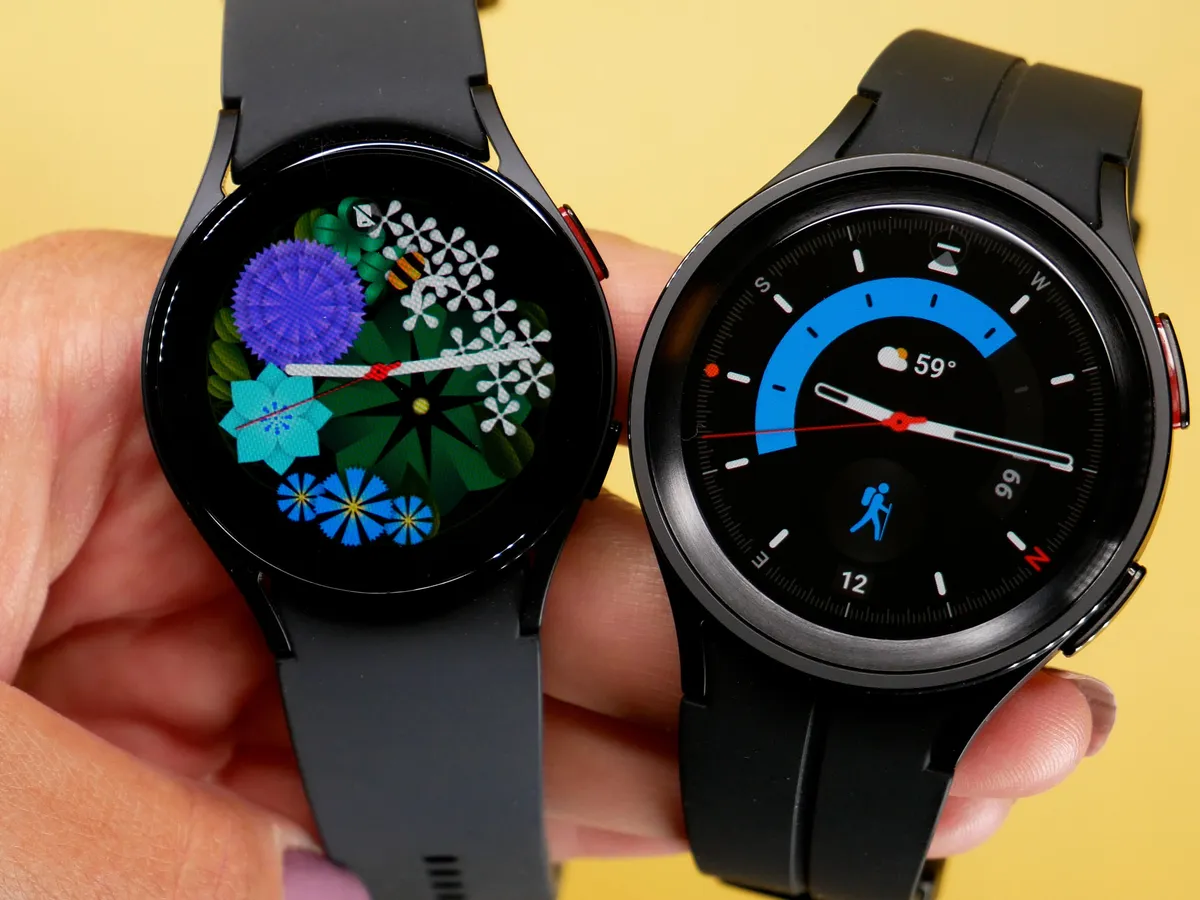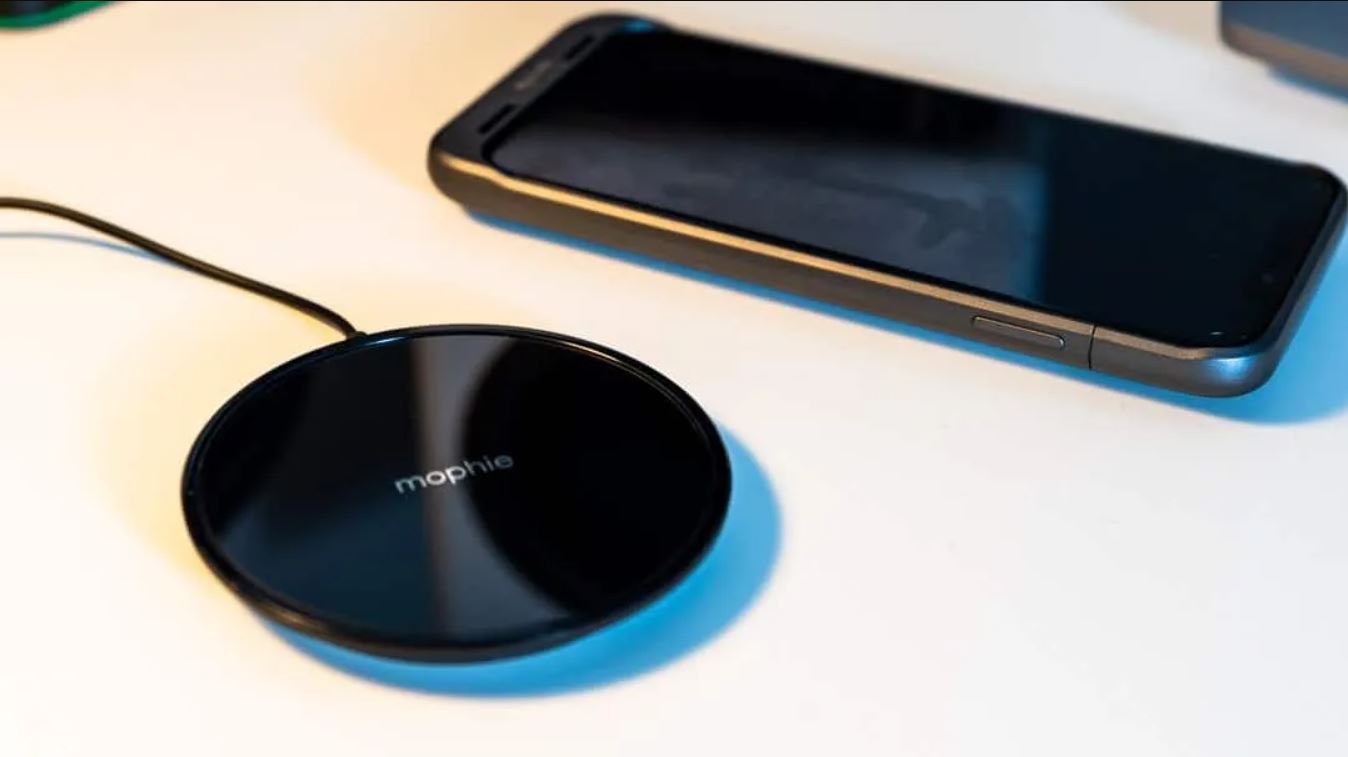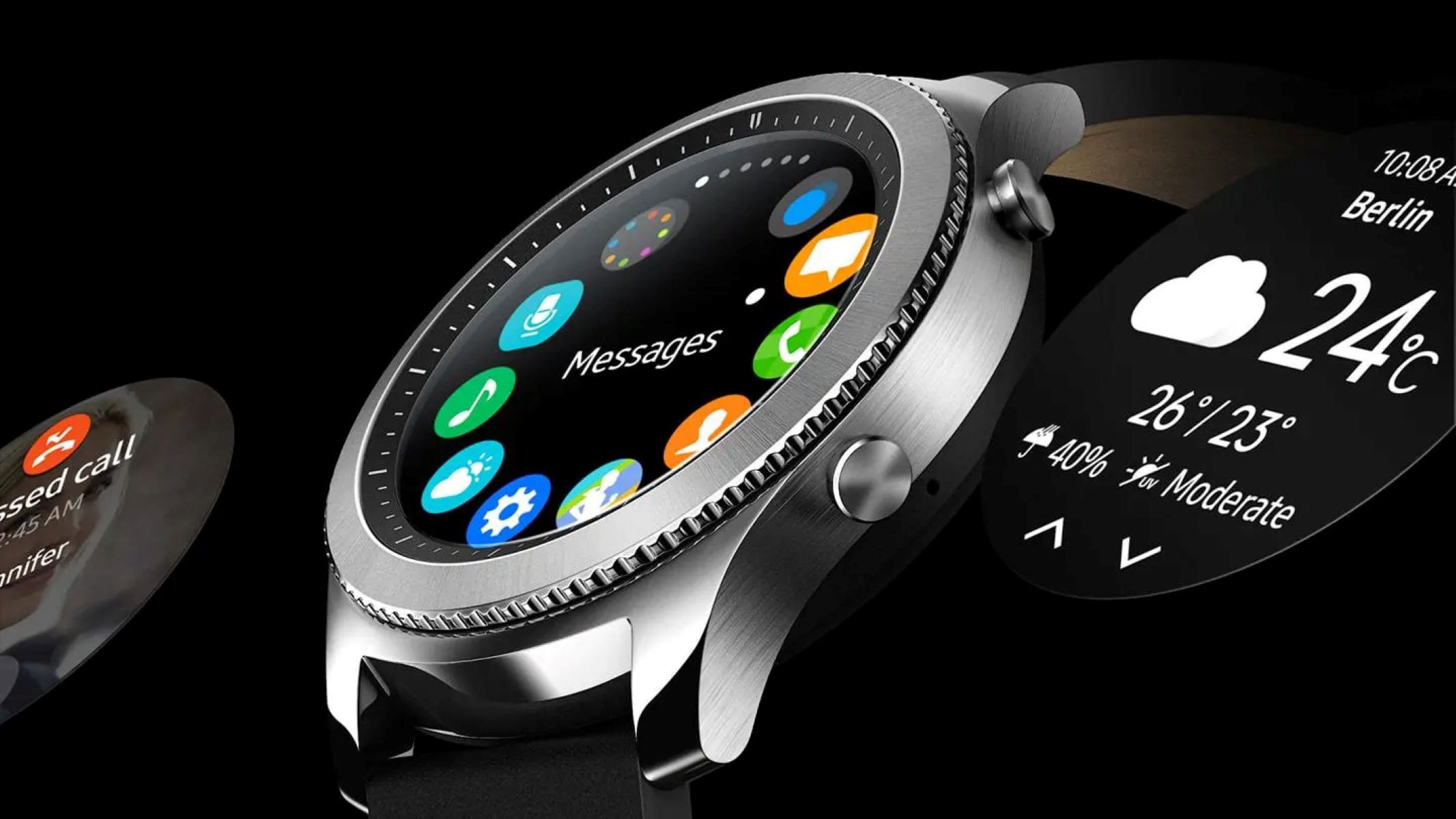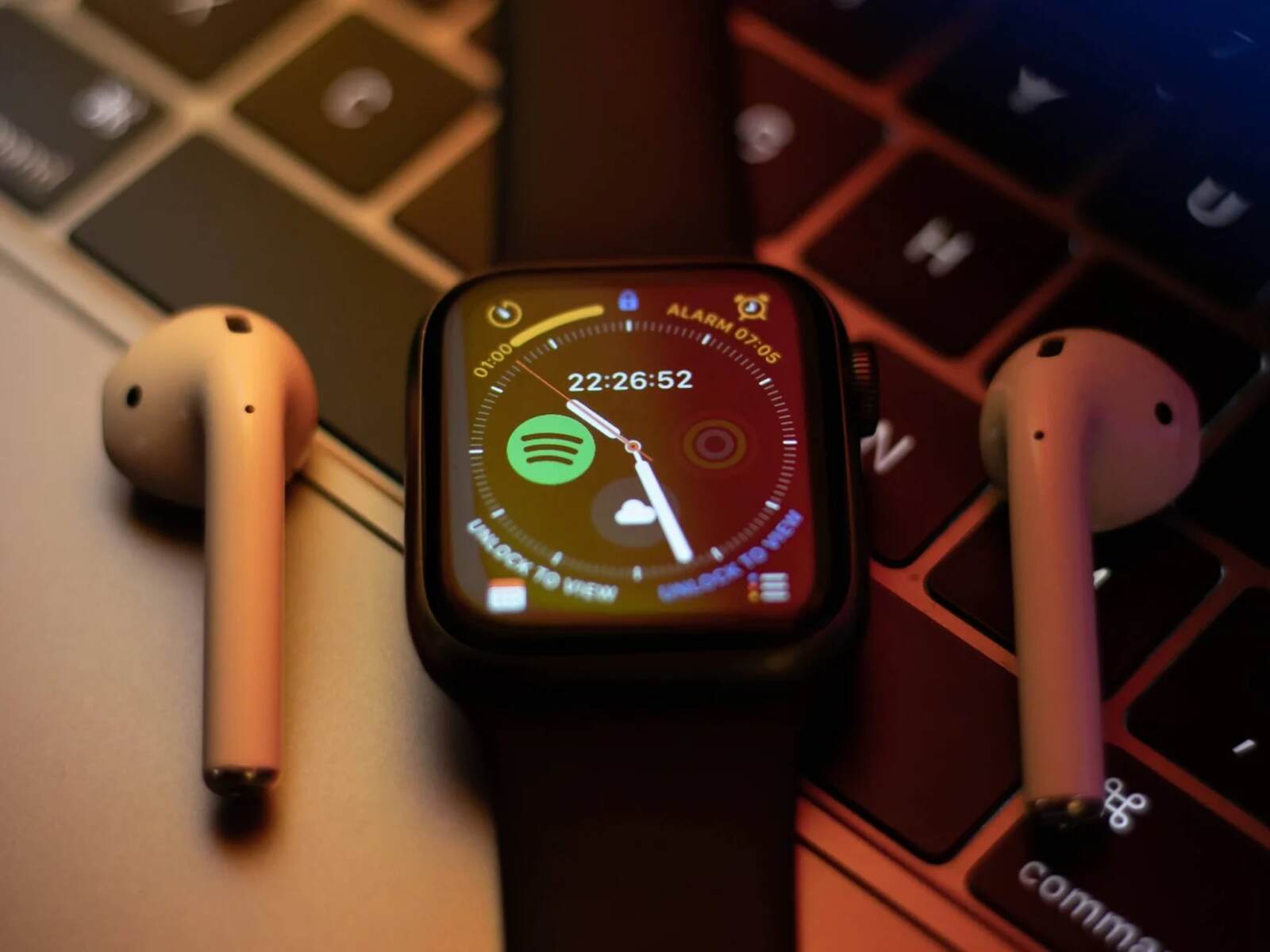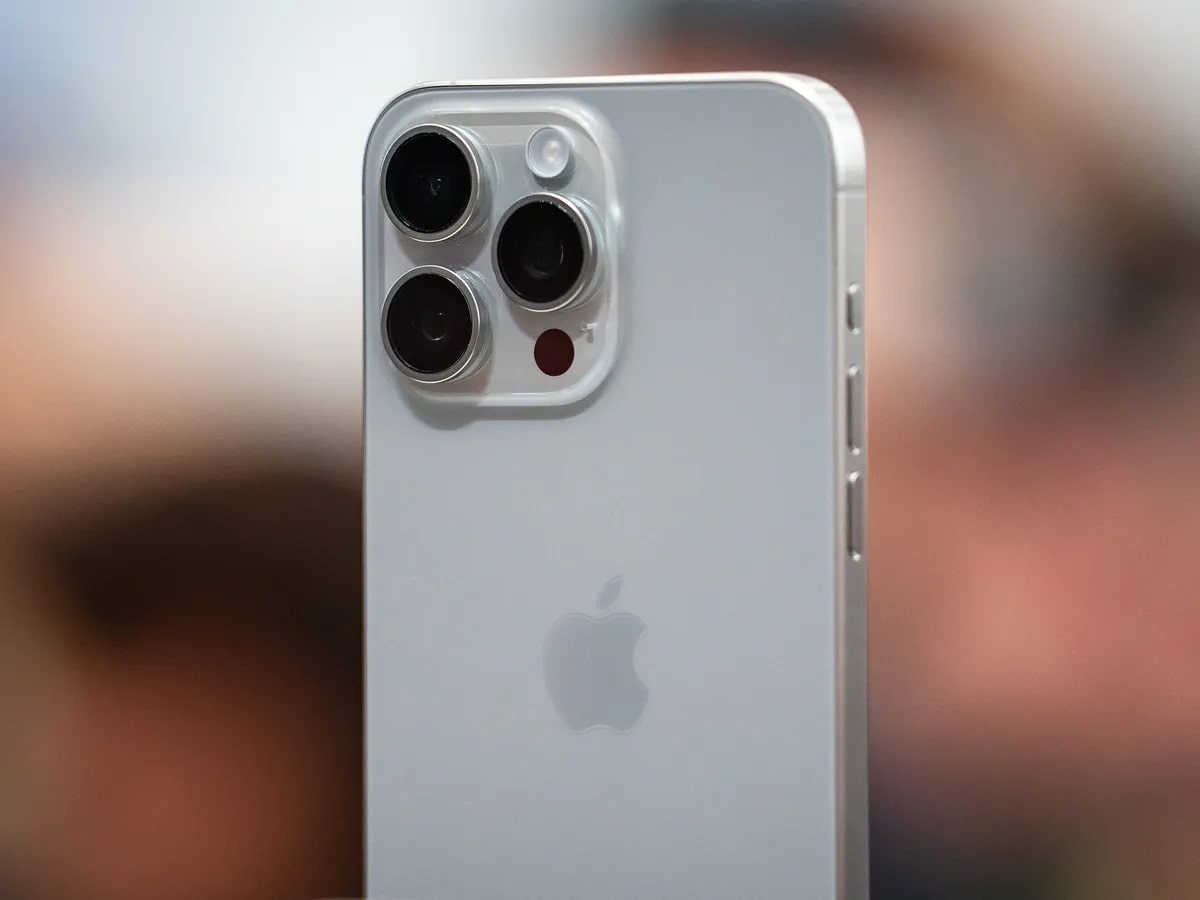Introduction
Smartwatches have revolutionized the way we track our fitness, manage notifications, and stay connected on the go. These nifty devices have become an essential part of our daily lives, but their utility heavily depends on their battery life. To ensure that your smartwatch is always ready when you need it, it's crucial to adopt effective charging practices. By following some simple tips and tricks, you can maximize the battery life of your smartwatch and keep it running smoothly for longer periods.
Charging a smartwatch may seem straightforward, but there are several factors to consider to maintain the battery's health and longevity. From using the right charger to optimizing power-saving settings, every step in the charging process plays a crucial role in preserving your smartwatch's battery life. In this guide, we'll explore some essential tips and tricks to help you charge your smartwatch efficiently and extend its battery lifespan.
Whether you're a fitness enthusiast who relies on your smartwatch for workout tracking or a busy professional who needs constant access to notifications, these charging tips will help you make the most of your smartwatch's battery. By incorporating these practices into your routine, you can ensure that your smartwatch remains a reliable companion throughout your daily adventures. So, let's dive into the world of smartwatch charging and discover the strategies that will keep your device powered up and ready for anything.
Tip 1: Use the Right Charger
When it comes to charging your smartwatch, using the correct charger is paramount. Smartwatches come with specific chargers designed to deliver the right amount of power and voltage to the device. Using a different charger, even if it fits into the charging port, can lead to overcharging, overheating, or inadequate power supply, all of which can adversely affect the battery life and performance of your smartwatch.
Manufacturers invest significant resources in designing chargers that are optimized for their respective smartwatch models. These chargers are engineered to deliver the precise amount of power required for efficient charging without causing any damage to the battery or internal components. Using a third-party or generic charger may compromise the charging process and pose a risk to the smartwatch’s overall health.
It’s essential to always use the original charger that came with your smartwatch. If the original charger is lost or damaged, it’s advisable to purchase a replacement directly from the manufacturer or an authorized retailer. While it may be tempting to use a different charger that appears to fit, the potential risks far outweigh the convenience. Investing in the right charger ensures that your smartwatch receives the optimal charging conditions, prolonging its battery life and preserving its functionality over time.
By using the correct charger, you can rest assured that your smartwatch is being charged in a safe and efficient manner, allowing you to enjoy uninterrupted usage and improved battery longevity.
Tip 2: Keep the Charging Port Clean
Ensuring that the charging port of your smartwatch remains clean is essential for maintaining a reliable charging connection and preventing potential damage. Over time, dust, lint, and debris can accumulate in the charging port, obstructing the connection between the charger and the smartwatch. This buildup not only hinders the charging process but can also lead to overheating and electrical issues.
To keep the charging port clean, use a soft, dry brush or compressed air to gently remove any debris that may have accumulated. Avoid using sharp or abrasive objects that could damage the port. Regularly inspect the charging port for any visible buildup and clean it as needed to maintain a consistent and secure connection during charging.
Additionally, be mindful of where you place your smartwatch when it’s not in use. Avoid setting it down in dusty or dirty environments, as this can increase the likelihood of debris finding its way into the charging port. By taking proactive measures to keep the charging port clean, you can ensure that the charging process remains efficient and the connection between the charger and the smartwatch is free from obstructions.
By maintaining a clean charging port, you can mitigate the risk of charging-related issues and help prolong the lifespan of your smartwatch’s battery and internal components. This simple yet crucial practice contributes to the overall health and performance of your smartwatch, allowing you to rely on it whenever you need it most.
Tip 3: Avoid Overcharging
Overcharging your smartwatch can have detrimental effects on its battery life and overall performance. While it may seem convenient to leave your smartwatch plugged in overnight or for extended periods, constantly supplying it with power beyond its full capacity can lead to accelerated battery degradation and diminished long-term performance.
Most modern smartwatches are equipped with lithium-ion batteries, which are sensitive to overcharging. These batteries are designed to reach full capacity and then stop charging to prevent overloading. However, consistently keeping the smartwatch connected to the charger after it reaches 100% can cause stress on the battery, leading to a reduction in its overall lifespan.
To avoid overcharging, it’s advisable to unplug your smartwatch once it reaches a full charge. Many smartwatches provide notifications or visual indicators when the battery is fully charged, making it easy to disconnect the charger at the right time. By adhering to this practice, you can prevent unnecessary strain on the battery and maintain its long-term health.
Additionally, consider charging your smartwatch during periods when you can actively monitor the charging process, such as during the day or when you’re awake and alert. This allows you to unplug the charger once the battery is fully replenished, minimizing the risk of overcharging and preserving the battery’s longevity.
By avoiding overcharging, you can safeguard the battery life of your smartwatch and ensure that it remains in optimal condition for an extended period. This simple yet crucial practice contributes to the overall health and performance of your smartwatch, allowing you to rely on it whenever you need it most.
Tip 4: Use Power-Saving Modes
Smartwatches often come with power-saving modes or features that can help conserve battery life during periods of low usage or when the battery is running low. These modes typically optimize various settings to reduce power consumption, extending the time between charges and ensuring that your smartwatch remains functional when you need it most.
One common power-saving feature is the ability to adjust the display settings to conserve energy. This may include dimming the screen, reducing the refresh rate, or activating an ambient display mode that minimizes power usage while still providing essential information at a glance. By leveraging these display optimizations, you can significantly extend the battery life of your smartwatch, especially during idle periods.
Some smartwatches also offer power-saving modes that limit background processes, connectivity features, and notifications to prioritize battery conservation. These modes are particularly useful when you anticipate prolonged periods without access to a charger, such as during outdoor activities or travel. By activating these power-saving settings, you can ensure that your smartwatch remains operational for essential functions while minimizing unnecessary power drain.
It’s important to familiarize yourself with the power-saving options available on your smartwatch and customize them to suit your usage patterns. Whether it’s adjusting display settings, limiting connectivity, or optimizing background processes, these power-saving modes can significantly enhance the overall battery life of your smartwatch without compromising its core functionality.
By utilizing power-saving modes strategically, you can strike a balance between maximizing battery life and maintaining the essential features and functionality of your smartwatch. This proactive approach to battery management ensures that your smartwatch remains a reliable companion throughout your daily adventures.
Tip 5: Turn Off Unnecessary Features While Charging
While your smartwatch is charging, consider turning off unnecessary features and functions to optimize the charging process and minimize power consumption. By temporarily disabling non-essential features, you can ensure that the available power is directed towards charging the battery efficiently, rather than powering functions that are not immediately required.
One common feature to consider disabling during charging is the always-on display. While this feature provides constant visibility of the time and notifications, it can consume a significant amount of power, especially when the smartwatch is in charging mode. By turning off the always-on display while charging, you can reduce power usage and expedite the charging process.
Additionally, consider disabling intensive applications or features that are not essential during the charging period. This may include GPS tracking, continuous heart rate monitoring, or app notifications that can drain the battery unnecessarily. By selectively turning off these functions while the smartwatch is charging, you can optimize the charging efficiency and minimize power consumption.
Furthermore, if your smartwatch supports customizable watch faces and widgets, consider using a simplified or minimalistic watch face during charging. Intricately designed watch faces with animated elements or constantly updating complications can contribute to increased power usage. By switching to a simpler watch face during charging, you can reduce the strain on the battery and expedite the charging process.
By proactively turning off unnecessary features and functions while your smartwatch is charging, you can maximize the efficiency of the charging process and ensure that the available power is utilized for replenishing the battery. This practice not only accelerates the charging duration but also contributes to the overall health and longevity of the smartwatch’s battery.
Tip 6: Keep an Eye on Battery Health
Monitoring the health of your smartwatch’s battery is essential for maintaining its long-term performance and longevity. By staying informed about the battery’s condition and implementing proactive measures, you can ensure that your smartwatch remains a reliable companion with sustained battery life.
Many smartwatches provide built-in tools or settings that allow users to assess the battery health and performance over time. These tools may offer insights into the battery’s capacity, charging cycles, and overall condition. By periodically checking these indicators, you can identify any potential degradation or anomalies in the battery’s performance.
It’s important to adhere to recommended charging practices and avoid exposing the smartwatch to extreme temperatures, as these factors can impact the battery’s health. High temperatures can accelerate battery degradation, while very low temperatures can temporarily reduce the battery’s capacity. By maintaining the smartwatch within the recommended temperature range, you can preserve the battery’s long-term health.
Additionally, be mindful of the charging patterns and habits that may impact the battery’s health. Avoid frequent deep discharges and instead aim to maintain the battery within a moderate charge range to minimize stress on the battery. By adopting these practices, you can mitigate the risk of premature battery wear and ensure sustained performance.
Regularly updating the smartwatch’s firmware and software can also contribute to optimizing battery performance, as manufacturers often release updates that include battery management enhancements and optimizations. By keeping the smartwatch’s software up to date, you can leverage the latest improvements to maximize battery efficiency and longevity.
By proactively monitoring the battery health of your smartwatch and implementing recommended practices, you can prolong its lifespan and ensure that it continues to deliver reliable performance throughout its usage. This proactive approach to battery management is key to maximizing the overall longevity and functionality of your smartwatch.
Tip 7: Use a Portable Power Bank for On-the-Go Charging
When you’re on the move and away from traditional power sources, a portable power bank can be a valuable accessory for keeping your smartwatch charged and ready for action. Whether you’re traveling, engaging in outdoor activities, or simply need a convenient charging solution while on the go, a portable power bank offers a reliable way to replenish your smartwatch’s battery without being tethered to a wall outlet.
Portable power banks come in various capacities and sizes, allowing you to choose one that suits your specific charging needs and lifestyle. Opt for a power bank with a compact and lightweight design, making it easy to carry in your bag, backpack, or pocket for convenient access whenever you need to top up your smartwatch’s battery.
When selecting a power bank, consider its capacity and output compatibility with your smartwatch. Look for a power bank that provides the appropriate charging output and compatibility with your smartwatch’s charging cable or adapter. Additionally, opt for a power bank with multiple charging ports, enabling you to charge your smartwatch and other devices simultaneously.
Before venturing out, ensure that your portable power bank is fully charged, so it’s ready to provide a quick boost to your smartwatch whenever necessary. Many power banks offer LED indicators or digital displays to show the remaining battery capacity, allowing you to gauge when it needs recharging.
By incorporating a portable power bank into your daily essentials, you can maintain the battery life of your smartwatch during extended outings, travel, or outdoor adventures. This convenient charging solution ensures that your smartwatch remains powered up and functional, providing peace of mind and uninterrupted usage throughout your activities.
Conclusion
Charging your smartwatch efficiently and effectively is essential for ensuring that it remains a dependable companion throughout your daily activities. By implementing the tips and tricks outlined in this guide, you can optimize the battery life and performance of your smartwatch, allowing you to make the most of its features without being constrained by frequent recharging.
Utilizing the right charger, keeping the charging port clean, and avoiding overcharging are fundamental practices that contribute to the overall health and longevity of your smartwatch’s battery. By adhering to these principles, you can safeguard the battery’s performance and minimize the risk of premature degradation.
Furthermore, leveraging power-saving modes, turning off unnecessary features while charging, and monitoring the battery’s health enable you to proactively manage the smartwatch’s energy consumption and optimize its charging efficiency. These practices empower you to strike a balance between maximizing battery life and maintaining essential functionality.
In addition, incorporating a portable power bank into your charging arsenal provides a convenient on-the-go solution for keeping your smartwatch powered up during travel, outdoor pursuits, and everyday adventures. This versatile accessory ensures that your smartwatch remains charged and ready for action, regardless of your location or access to traditional power sources.
By embracing these charging tips and tricks, you can elevate the overall usability and longevity of your smartwatch, allowing it to seamlessly integrate into your lifestyle without the burden of frequent recharging. With a proactive approach to smartwatch charging, you can enjoy uninterrupted usage and maximize the potential of your device, making it an indispensable companion for your daily endeavors.







